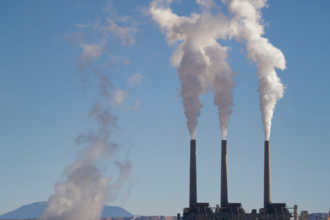Why are the UK’s peatlands under threat?
Despite the understanding we now have of the importance of peatlands, in the UK approximately 80% of them are degraded to some extent. Much of the damage is a legacy from past activities that pre-date our understanding of the importance and fragility of peatlands. However, there are still activities undertaken which continue to further degrade sites or to maintain them in a degraded state. Land use pressures alongside the deposition of atmospheric pollutants are key factors in the degradation of the UK’s peatlands.
Whilst there are various pieces of protective legislation to mitigate against damaging activities, their application can be uneven and frequently subject to differing criteria (for example laws which differ based on the depth of peat). Uneven application of legislation can lead to confusion and potentially negative outcomes for peatland sites because of loopholes or misunderstanding.
There are many factors which can lead to degradation of peatlands and, when multiple factors influence a site, their effects are compounded. Activities can cause a range of impacts from vegetation and structural damage to affecting hydrological function and the biogeochemical properties of peatlands. Damage from activities may result in permanent alterations to sites, or it may be reversible if restoration work is undertaken. However, studies show that recovery of peatlands takes place over multi-decadal timescales after damaging management activities have ceased, and expectations around restoration outcomes should be managed accordingly.
Whilst there has been broad governmental acknowledgement of the value of peatlands across the UK, along with significant investment in their restoration, we remain some distance from meeting international obligations to protect them and reduce the carbon emissions from them. Although they are important carbon stores, the Centre for Ecology and Hydrology (CEH) estimates that they are responsible for a 23,100 kt CO2e yr-1 contribution to UK greenhouse gas emissions.
Find out more about the threats to peatlands by exploring each of the themes below.








